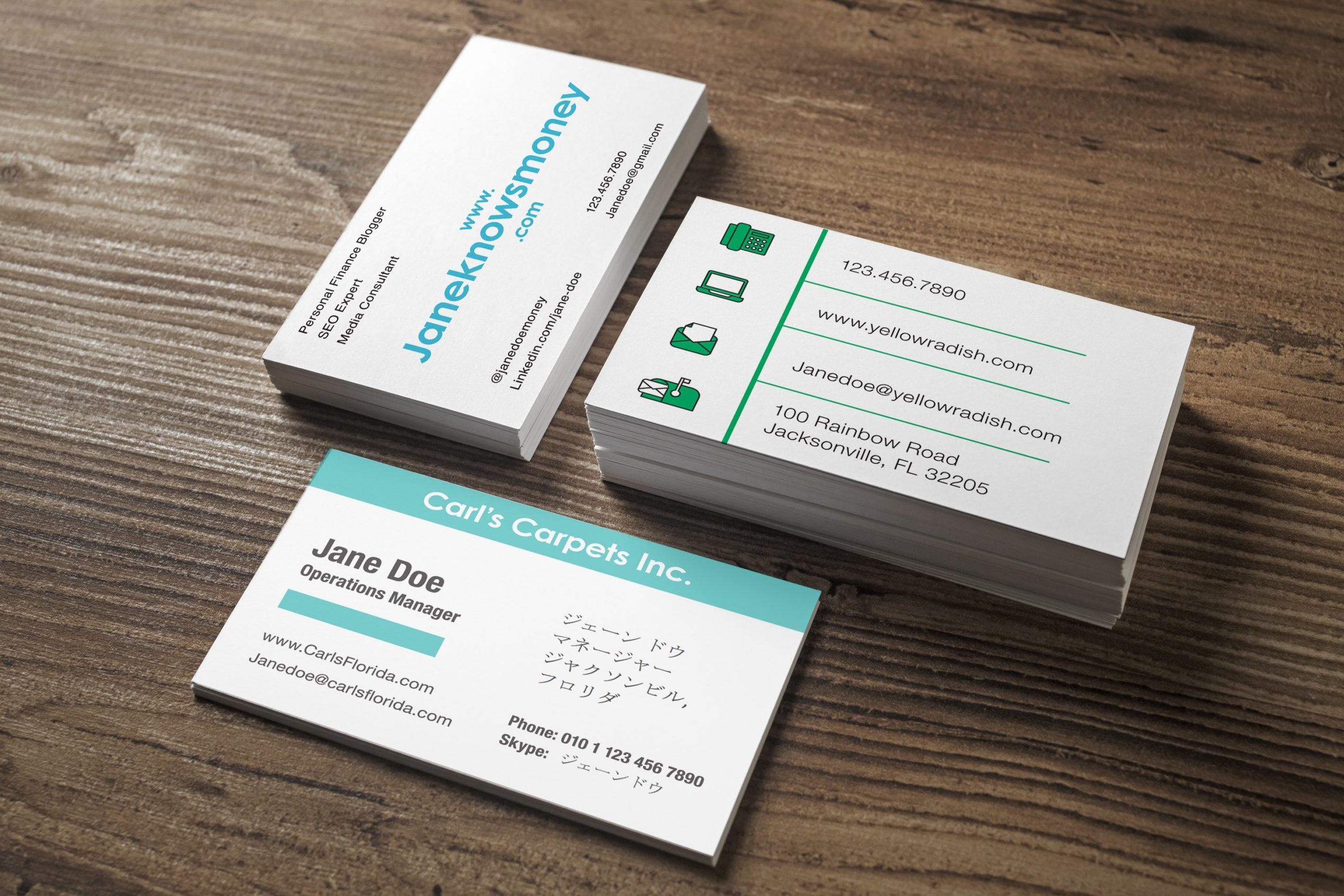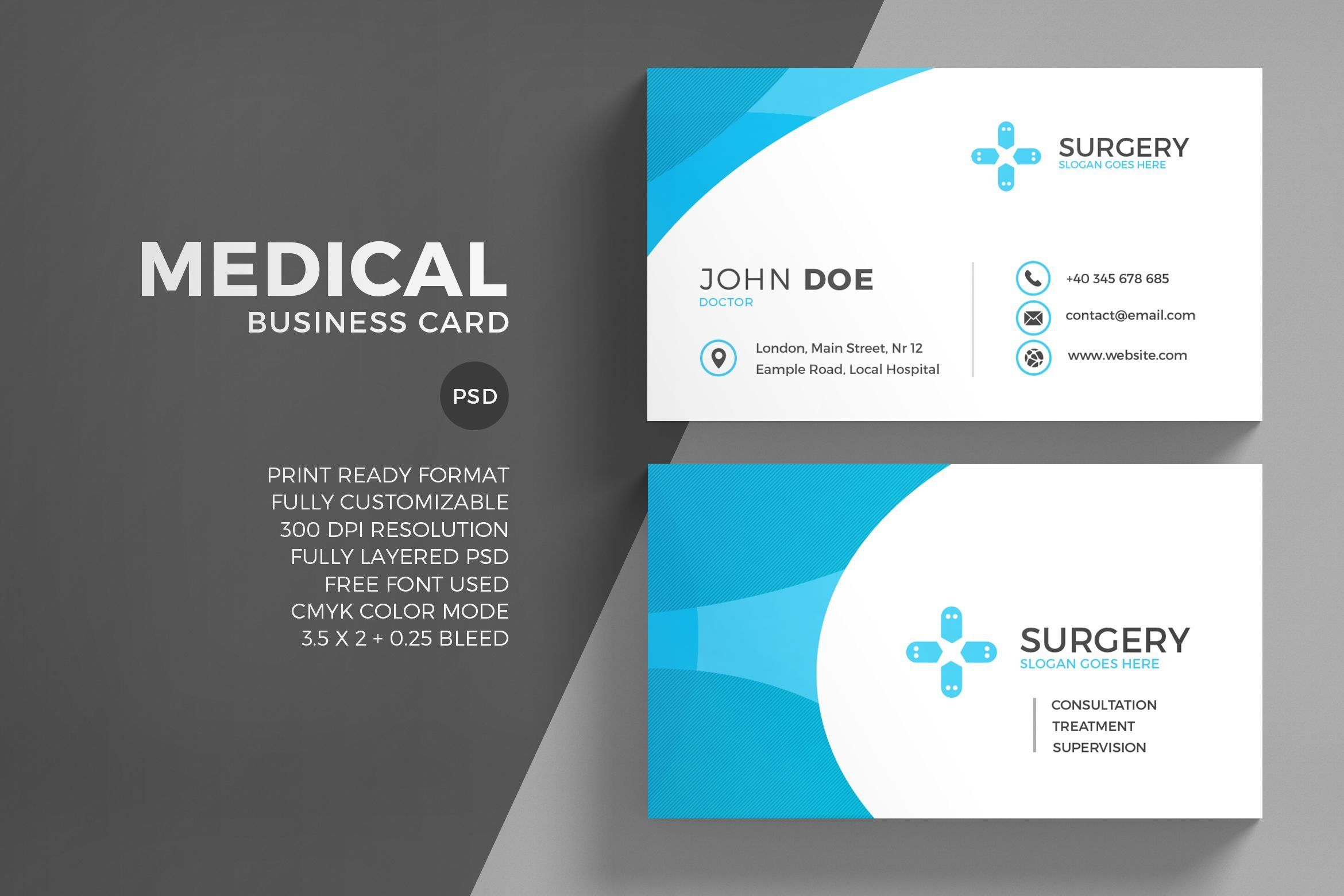
When it comes to making a lasting impression in the professional world, the humble business card continues to play a vital role. In the digital age, where networking platforms and virtual introductions are increasingly common, the physical exchange of business cards remains a tangible and personal touchpoint. However, the design and content of these cards can often make or break a first impression. One crucial element to consider is the inclusion of designations on business cards. In this article, we explore the significance, options, and best practices for including designations on business cards.
Understanding the Significance

Designations on business cards are important for various reasons. First and foremost, they provide vital information about an individual’s professional identity and help clarify their role within an organization. This clarity is particularly important during networking events or when meeting new clients and potential collaborators. Designations on business cards also serve as a visual cue that can reinforce one’s expertise and credibility.
Key Options for Designations

- Job Titles: The most common type of designation found on business cards is the individual’s job title. This straightforward approach immediately communicates their position within a company, such as “Marketing Manager” or “Senior Accountant.” Including a job title can help establish authority and provide an instant understanding of an individual’s area of expertise.
- Academic Degrees: Another option for designations is to include academic degrees, such as “PhD,” “MBA,” or “JD.” This demonstrates a person’s educational achievements and can be particularly relevant in fields that highly value advanced degrees, such as law, medicine, or academia.
- Professional Certifications: Certifications in specific fields can also be included as designations on business cards. Examples may include “PMP” (Project Management Professional), “CPA” (Certified Public Accountant), or “CFA” (Chartered Financial Analyst). These credentials add credibility and demonstrate specialized knowledge or expertise.
- Professional Memberships: If you are a member of prestigious professional associations or organizations, including those designations on your business card can enhance your reputation and convey your commitment to professional development. Examples may include “IEEE” (Institute of Electrical and Electronics Engineers) or “PMI” (Project Management Institute).
Alongside these options, it is essential to consider the industry and target audience when choosing the most relevant designations to include on your business card. Strive for clarity and specificity, ensuring that the designations accurately reflect your professional identity and resonate with those you seek to connect with.
Best Practices and Tips
- Balance Descriptive Phrasing: While designations on business cards are meant to provide information, it is crucial to strike the right balance between brevity and clarity. Avoid using overly verbose or technical terms that may confuse or intimidate the recipient. Instead, choose concise language that clearly conveys your expertise and professional role.
- Select a Suitable Font and Size: The overall design and typography on a business card play an integral role in making a strong visual impact. Select a font that is easy to read and ensure that the designation is displayed with a font size that is legible, even for those with less-than-perfect eyesight. A font size of at least 10 points is recommended, while steering clear of overly stylized fonts that sacrifice readability.
- Placement and Hierarchy: The placement and hierarchy of designations on a business card can also have an impact. In most cases, it is preferable to position the designation directly beneath the name or job title, to ensure it stands out and is quickly noticed. This placement hierarchy ensures that the recipient can quickly grasp your professional identity, even with a brief glance.
- Consider Two-Sided Printing: If you have multiple designations or additional information to include, consider opting for two-sided printing. This allows you to retain a clean and uncluttered design while providing all pertinent information. However, be cautious not to overload the card with excess text, as this can detract from its visual appeal and make it difficult to read.
- Update and Revise Regularly: As your career progresses and your professional trajectory evolves, it is essential to update and revise the designations on your business cards accordingly. Regularly evaluate whether the included designations accurately reflect your current role and level of expertise. Outdated or irrelevant designations can lead to confusion and undermine your professionalism.
In conclusion, designations on business cards hold significant value in the professional world. They provide crucial information and act as visual cues that enhance your credibility and expertise. By carefully selecting the most relevant designations, balancing phrasing, and considering design elements, your business card can serve as an effective tool for making a memorable impression. So, don’t underestimate the power of including meaningful designations on your business cards — it might just be the key to creating a lasting impact.
Olivia Reynolds, a marketing maven, is passionate about the impact of graphic design on brand success. Her love for outdoor adventures and travel fuels her fresh perspective on the importance of visual aesthetics in business cards and branding.